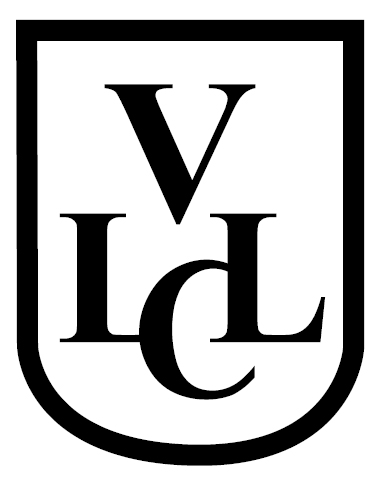The 2018 Oktoberfest, its 211th appearance and commences in late September. Apparently, the Schottenhamel tent is the place to be, if you want to catch the official opening ceremonies. At noon, the Mayor of Munich will have the honour of tapping the first keg of Oktoberfest beer. Once the barrel has been tapped, all visitors will then be allowed to quench their thirst. It pays to arrive early in order to experience the festivities up close and personal and it's quite common for visitors to come around 9 am to secure good seats. Experience German culture to the fullest by learning German before you go!
|
Oktoberfest began as the marriage ceremony between Prince Ludwig and Princess Therese on October 12, 1810. All of the townspeople were invited to attend the festival, which took place in the fields outside of the city gates. Following the wedding the fields were named Theresienwiese after the Princess, and the party was such a hit that the townspeople asked King Ludwig to continue the celebration the following year. This year's Oktoberfest (2019) will mark the 212th anniversary of the festivities. Today the remnants of the gates still stand and the fields, known by locals as the Wies’n (world's largest fair), now host the largest beer festival in the world: Oktoberfest! What was a simple wedding celebration has transformed into a 17 or 18-day festival in which 7 million people from around the world participate in, consuming more than 6 million litres of Bavarian beer. That’s 1 million gallons of beer! Oktoberfest officially begins on the second to last Saturday in September at noon when the mayor of Munich taps the first barrel at the Schottenhamel Tent, crying “O’zapft is” (It’s open). The festival concludes the first Sunday of October following German reunification day. There are 14 main beer tents at the Theresienwiese grounds serving brews by the Maß (1-liter stein). Of the 14 tents there are 6 large tents, which rotate up to 12,000 people per day! That is a whole lot of beer! Only six breweries are represented at the Oktoberfest grounds – Späten, Augustiner, Paulaner, Hacker-Poschorr, Hofbräu and Löwenbräu. Everyone has their preferred brew by the end, which one will be yours? Also, for those of you who fancy a break from the frothy brews there is a special wine tent called Weinzelt.
The 2018 Oktoberfest, its 211th appearance and commences in late September. Apparently, the Schottenhamel tent is the place to be, if you want to catch the official opening ceremonies. At noon, the Mayor of Munich will have the honour of tapping the first keg of Oktoberfest beer. Once the barrel has been tapped, all visitors will then be allowed to quench their thirst. It pays to arrive early in order to experience the festivities up close and personal and it's quite common for visitors to come around 9 am to secure good seats. Experience German culture to the fullest by learning German before you go!
0 Comments
Germany is an amazing country and yet for some reason many struggle to see it. The country is steeped in tradition and culture and the food is far more than just sausages and sauerkraut. Geographically, politically and economically Germany sits at the centre of Europe, it a powerhouse of business and commerce and a country that many people visit for leisure. Germany is the largest economy in Europe and the fifth largest in the world, so it has plenty of brag about. The German people love to eat, however the stereotype of all Germans being fat is far from true. Yes, the German diet is rich and hearty with each region of Germany calling their cuisine “Traditional” or typically German. However, as times have progressed Germans have also adhered to healthier lifestyles and that includes their diet. Pork is the most consumed meat in Germany and two of the most traditional dishes, and very popular too, are Schweinshaxe which is a superb braised pork hock dish and Saumagen. Many people turn their eyes at Saumagen once they realise what it is as Pork Stomach does not sound exactly appetising. Nevertheless, a German menu is full of many Pork delights and one way to navigate your way around this is to speak German, as in any country when you speak the language eating is easier and more enjoyable. Germans are best known for their sausages and there are many different types. The traditional Bratwurst sausage is one many will be familiar with but head to any butcher or restaurant and you may find up to a dozen different types available to tempt you. Again, speaking the language will help you ask what each Sausage is and some will either make you squirm and little but most will make your mouth water. Pretty much every traditional German meal is complemented by root vegetables. Potatoes, turnips and beet are often part of the main meal or are made into soup. Today, thankfully, the Germans don’t just boil them they have become a lot more creative as many tourists to Germany will confirm. Of course, the one thing you cannot ignore when it comes to German food is Sauerkraut. This cabbage dish does not come with everything as one may imagine but it is still hugely popular and there are a handful of variances in the dish throughout the country. And what would a meal be in Germany without a glass of beer? Like their meat, the Germans love their beer. German beer is considered one of the best in the world and the strict brewing laws or “purity laws” laid down in the 16th century are partly the reason why. The beers are brewed to perfection and when you speak to a brew master he or she will explain in great detail how and why the beer you are drinking is as it is. This is another good reason to speak German. Finally, to end any meal you need that little shot of Schnapps and German Schnapps is something to be enjoyed. Schnapps is the perfect end to a good and filling meal, and of course, will result in making lifelong friends.
Germans love rich, hearty cuisine, though each area of Germany has its own definition of what a traditional meal looks like. What can you expect on the menu when you go to a traditional German restaurant or pub? More often than not, classic dishes like Wiener Schnitzel, Würstchen mit Sauerkraut, and, of course, potato-based dishes in various forms, like in Bratkartoffeln (Roasted Potatoes), Pommes Frites (French Fries), or Kartoffelauflauf (potato casseroles). I have outlined a few of the common recipes below, just so you know what you are eating! Funny enough, but the most famous German dish, Spätzle, is completely vegetarian. Spätzle are a kind of pasta, but the dough only consists of eggs, flour, salt and a hint of fizzy water (in order to fluff up the dough). Swabians are very proud of their Spätzle, so better not call them German pasta. Traditionally Spätzle are served as a side dish to meaty dishes (like Schnitzel) or can even be a main dish themselves. The most famous way of preparing Spätzle is to top it with a huge amount of cheese (mountain cheese for the taste and some Limburger for the consistency) which is called Käsespätzle. Spätzle originally come from the area around Stuttgart and are part of most Swabian dishes. It is not surprising that another popular dish is made of pork. Bratwürste are part of every German barbecue and also differ from area to area. The most famous Bratwürste are for sure the short and thin ones coming from Nürnberg. Grill your Bratwurst for 2 minutes on each side, put it in a bun, add some ketchup or mustard and ready is this iconic German dish called Bratwurstsemmel.Outside of Nürnberg Bratwürste are bigger and contain more fat. But no matter which size, Bratwürste are part of every German barbeque party. Potato Casserole: Kartoffleauflaut - The German generic term for baked "casserole" is "Auflauf" which literally means "piling up". Germans sometimes are referred to as ‘Kartoffeln’ as a joke, because it seems that everyday a German is having at least one dish which contains Kartoffeln. While this stereotype is not true, it is true that Bratkartoffeln are an excellent way of eating your portion of Kartoffeln in Germany. Slice up some boiled potatoes, slice them thinly, put them in a frying pan with a lot of oil, bacon and onions and fry them until they turn dark and crispy. Not the healthiest option of things to eat in Germany but definitely not the worst as well. The most famous version of Schnitzel is definitely the Wiener Schnitzel, which is a thinly sliced piece of veal-meat, covered with flour, egg and bread crumbs and then deep fried in oil or a lot of butter until it turn golden on the outside. Also very tasty is the Schnitzel Wiener Art, which is basically the same but with pork meat. But there are many more options on how to prepare a Schnitzel which range from chicken breast to soja to blocks of cheese. One could argue that Gulasch is not really a German invention, but nevertheless the Germans love their Gulasch and may have taken the original recipes and turned them into some variations of their own. Gulasch is made with thick pieces of beef meat that have been slow cooked in a rich sauce, sometimes made of red wine, which makes the meat very soft and tender. Gulasch can be eaten as a soup or with some side dishes like Spätzle. The German food experience is amazing and can be appreciated in many places, but I don't think anything could be more exciting than experiencing German food in Germany.
|
AboutTravelling is an exciting opportunity which can be enhanced by learning the language before you go. This blog contains some interesting articles about language and travel. Archives
June 2024
Categories |


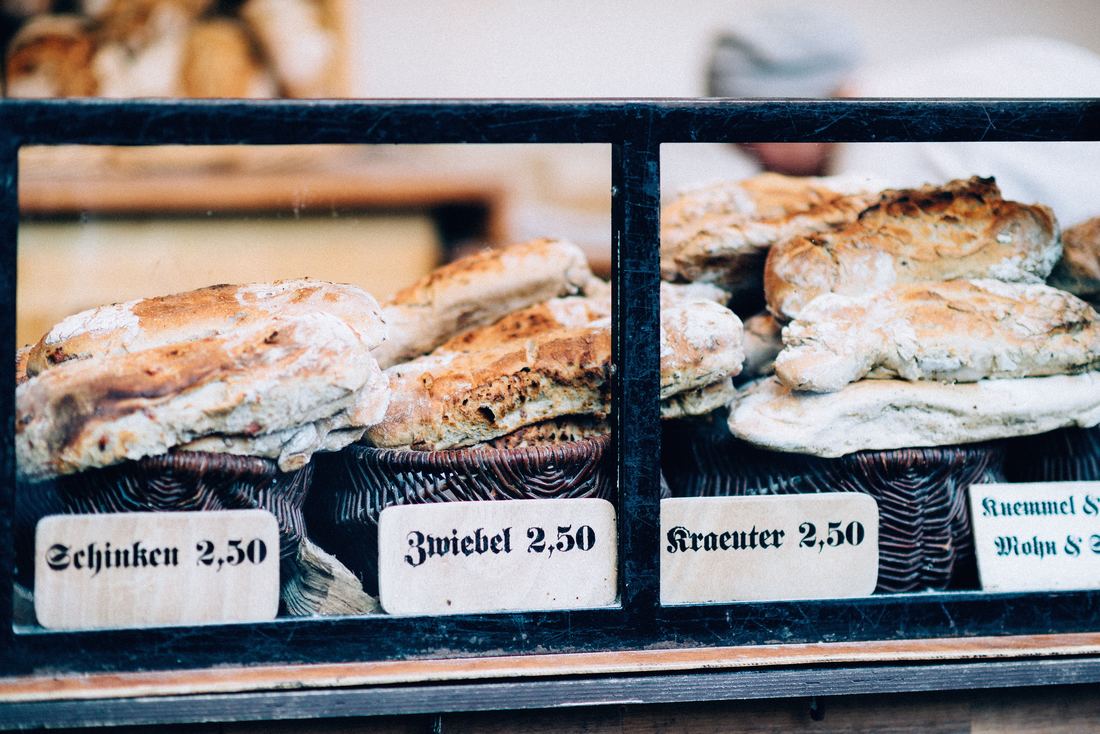
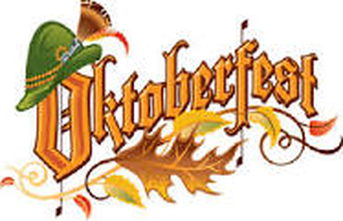
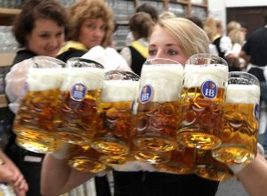
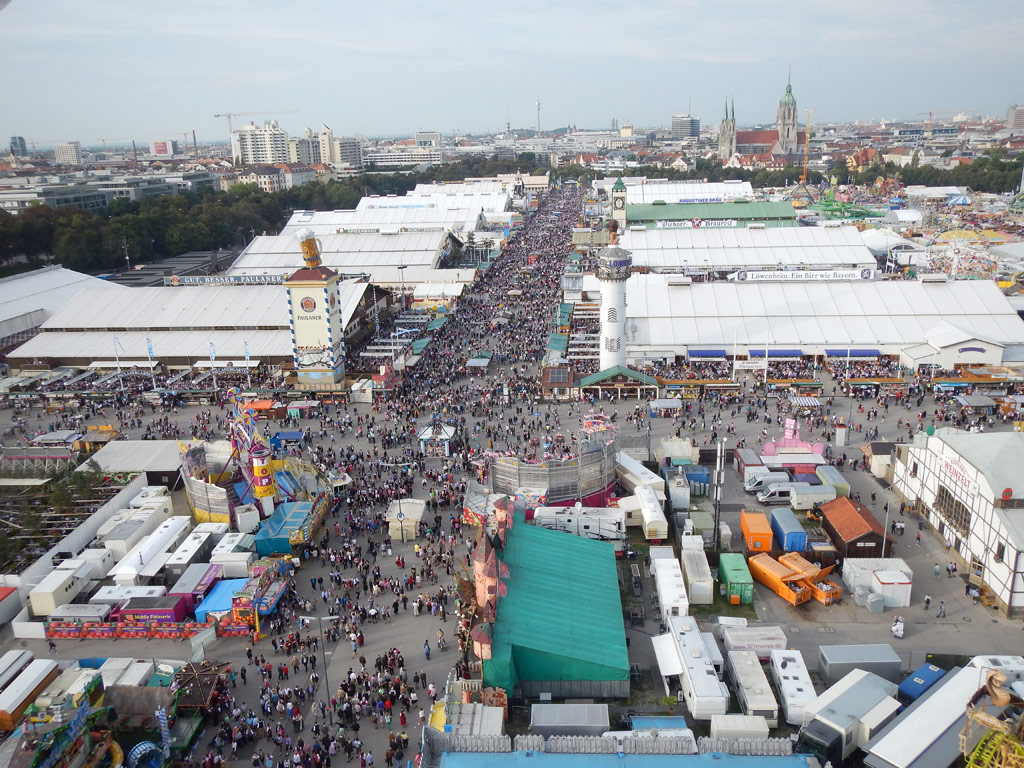
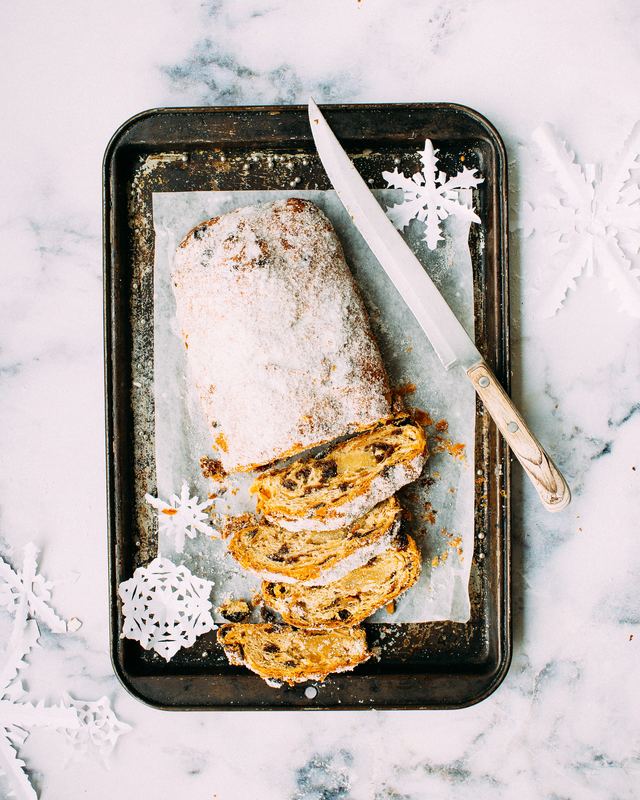
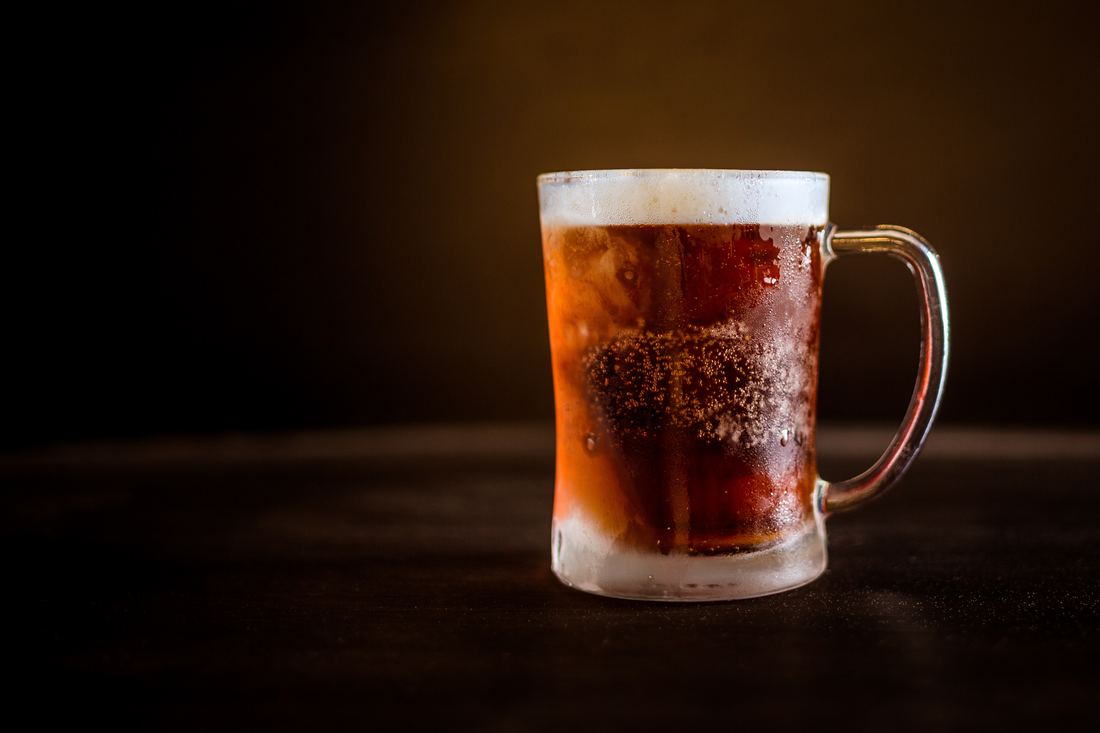
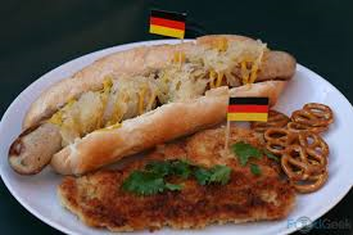
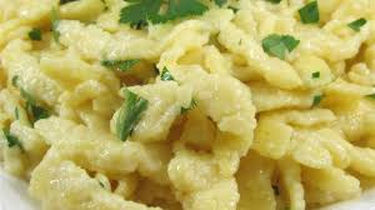
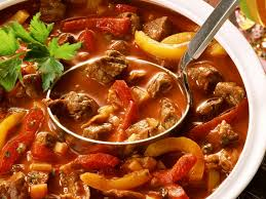
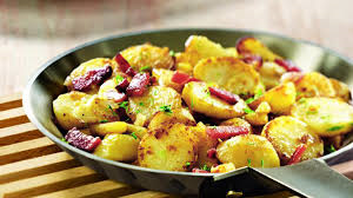
 RSS Feed
RSS Feed
